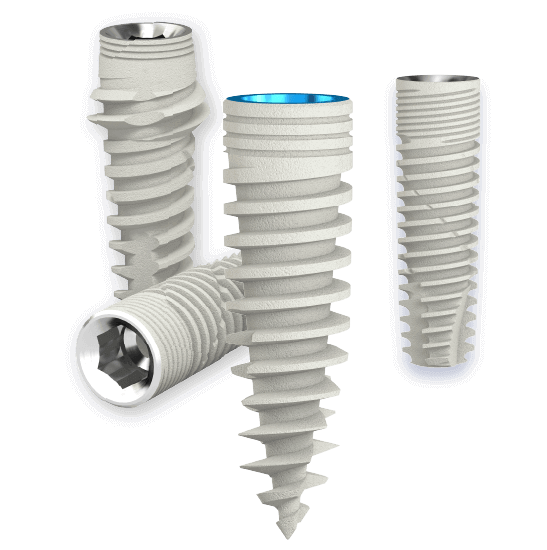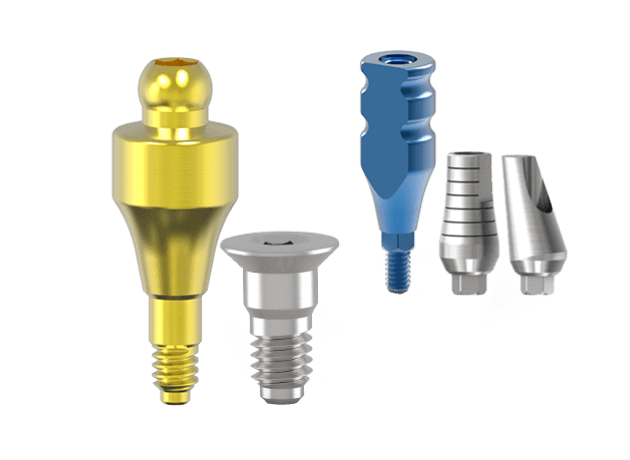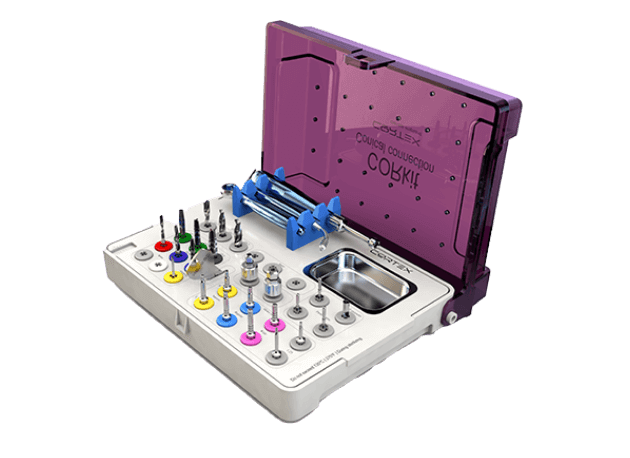In today’s fast-paced world, the field of dentistry is experiencing a technological transformation, especially in the area of dental implantology. This digital shift is setting new standards in treatment accuracy, efficiency, and patient and practitioner experience. The most striking innovations are evident in the process of dental implants, where digital advancements are making significant strides.
Gone are the days of imprecise methods and extended laboratory procedures. Modern dental implant techniques are harnessing the power of digital advancements to enhance certainty and boost the predictability of outcomes. From the initial evaluation to the final placement of prosthetics. The incorporation of sophisticated imaging, planning, and fabrication technologies is yielding substantial improvements.
Dental Implantology – Visualization and Planning
Advanced 3D radiographic imaging has taken the place of traditional dental impressions and X-rays. Offering a detailed view of a patient’s specific dental structure. This provides dentists with a precise map of critical features like nerve locations, bone quality, and sinus structures, crucial for accurate implant placement.
The use of virtual treatment planning tools further refines this process. Dentists can now virtually position implants within a 3D model. Allowing them to anticipate and optimize the outcome before any surgical procedure begins. This digitally validated plan can be utilized in conjunction with modern guided surgery techniques and robotic assistance.
Enhanced Accuracy
Digital tools have surpassed the limitations of traditional, manual implant methods. The use of 3D-printed surgical guides ensures the dentist’s drill is accurately aligned with the predetermined implant plan. Additionally, robotic assistance minimizes human error, increasing the precision of the implant placement.
Digital processes also streamline the creation of final dental crowns, ensuring a perfect fit. This means patients can enjoy fully functional and aesthetically pleasing results immediately after the procedure.
Quicker and More Efficient Treatment
The integration of digital data collection, design, and production processes reduces the number of required dental visits and shortens the overall treatment duration. Some digital systems even enable the transformation of a patient’s smile on the same day, eliminating the need for prolonged use of temporary dentures.
This efficiency not only benefits patients in terms of cost and comfort but also enhances the productivity and profitability of dental practices.
The Future of Implants
Digital innovation is reshaping many aspects of dentistry, but its impact is particularly profound in the field of dental implants. By offering detailed anatomical insights, facilitating precise surgeries, and speeding up the entire treatment process, these groundbreaking technologies are addressing long-standing challenges. They are making dental implant procedures faster, more affordable, and accessible to a broader range of patients.
The era of digital dental implants is here, marking a future that moves beyond previous uncertainties to a new realm of predictability, precision, and profit, benefiting both patients and dental practices alike.





